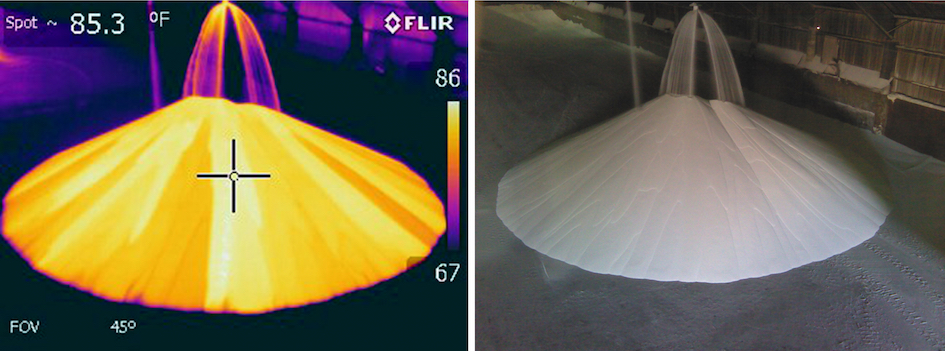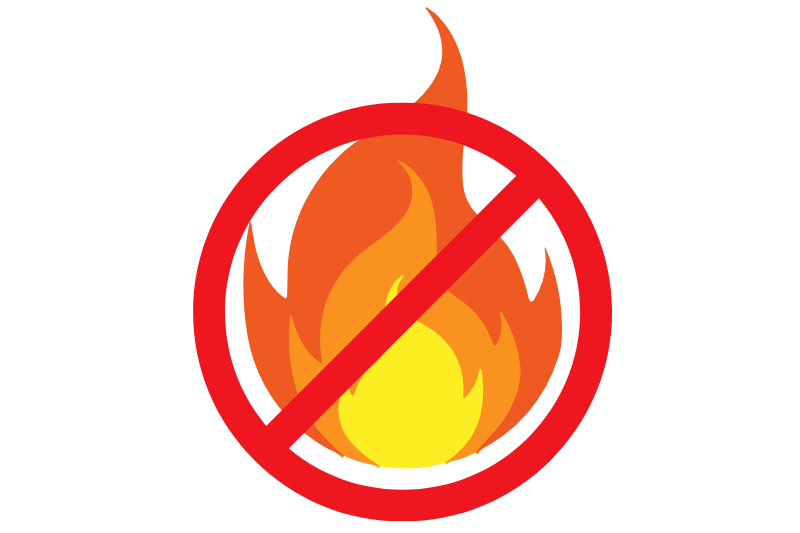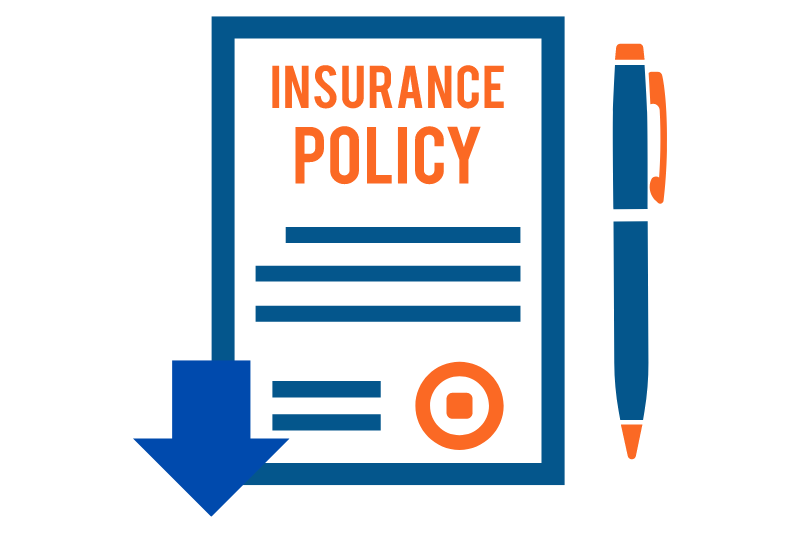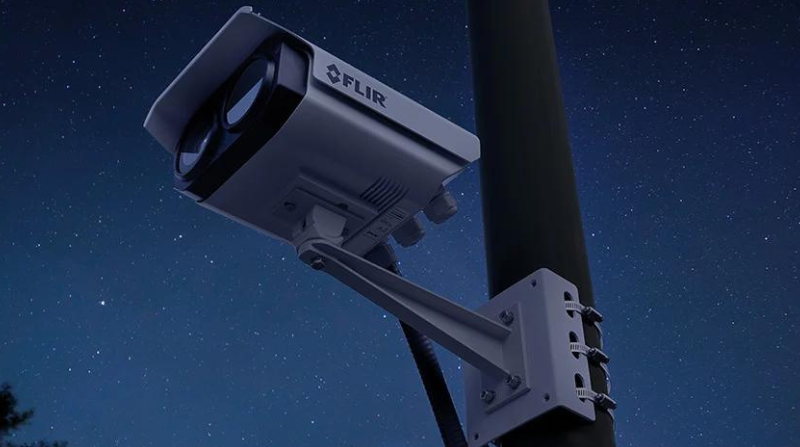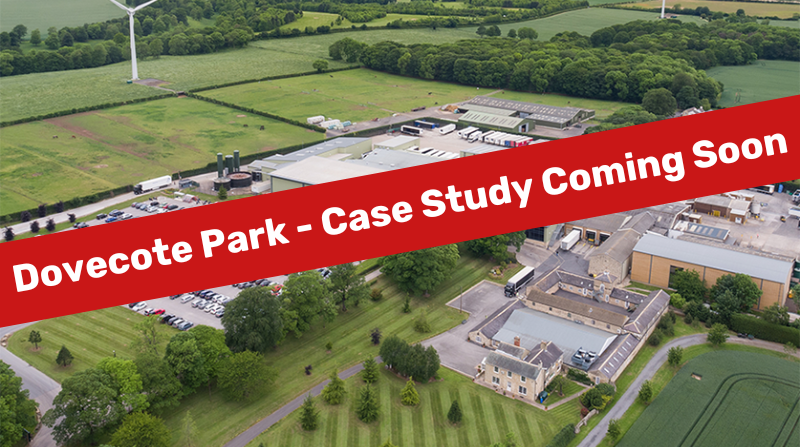Fire Prevention With Thermal Imaging!
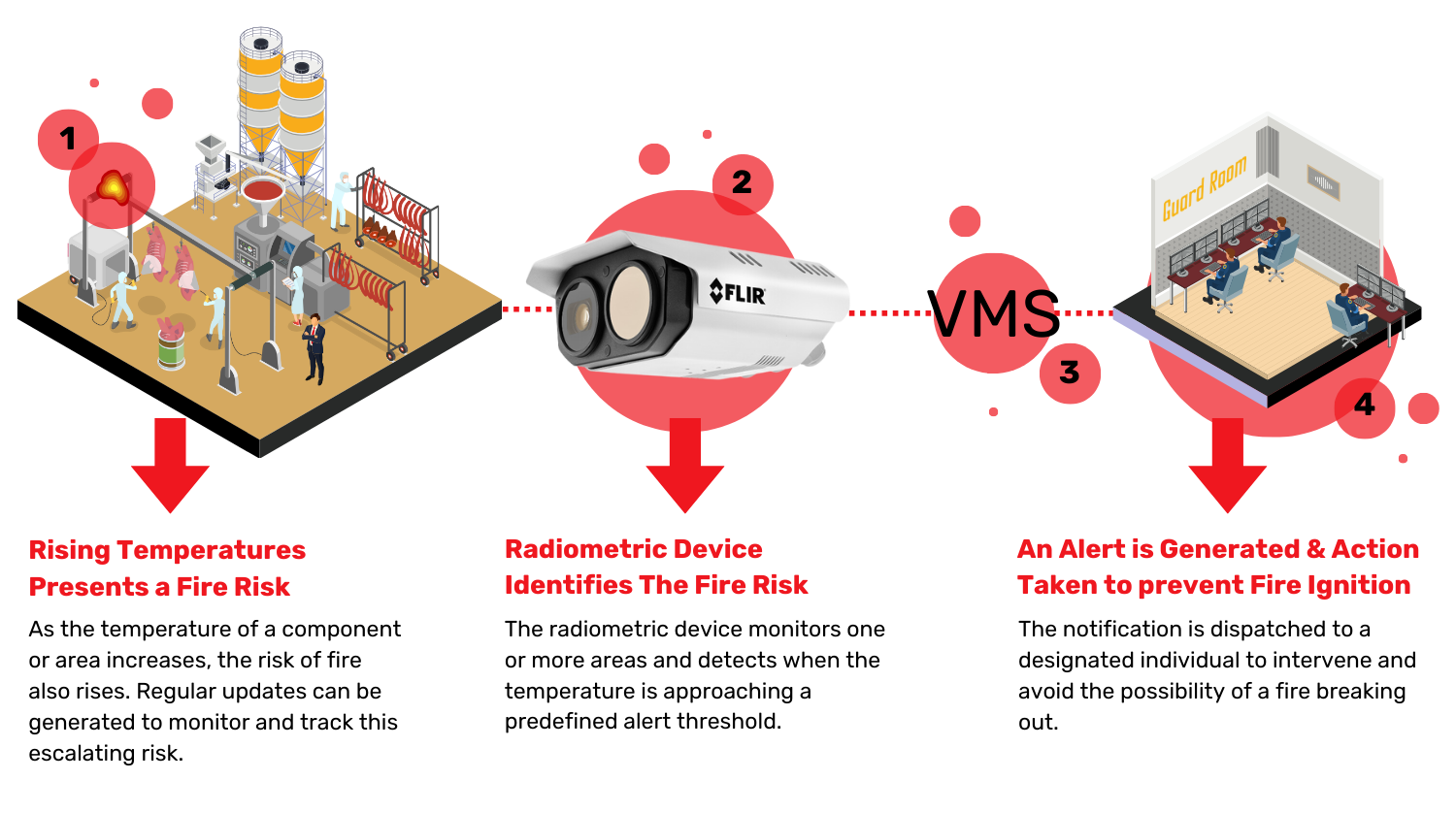
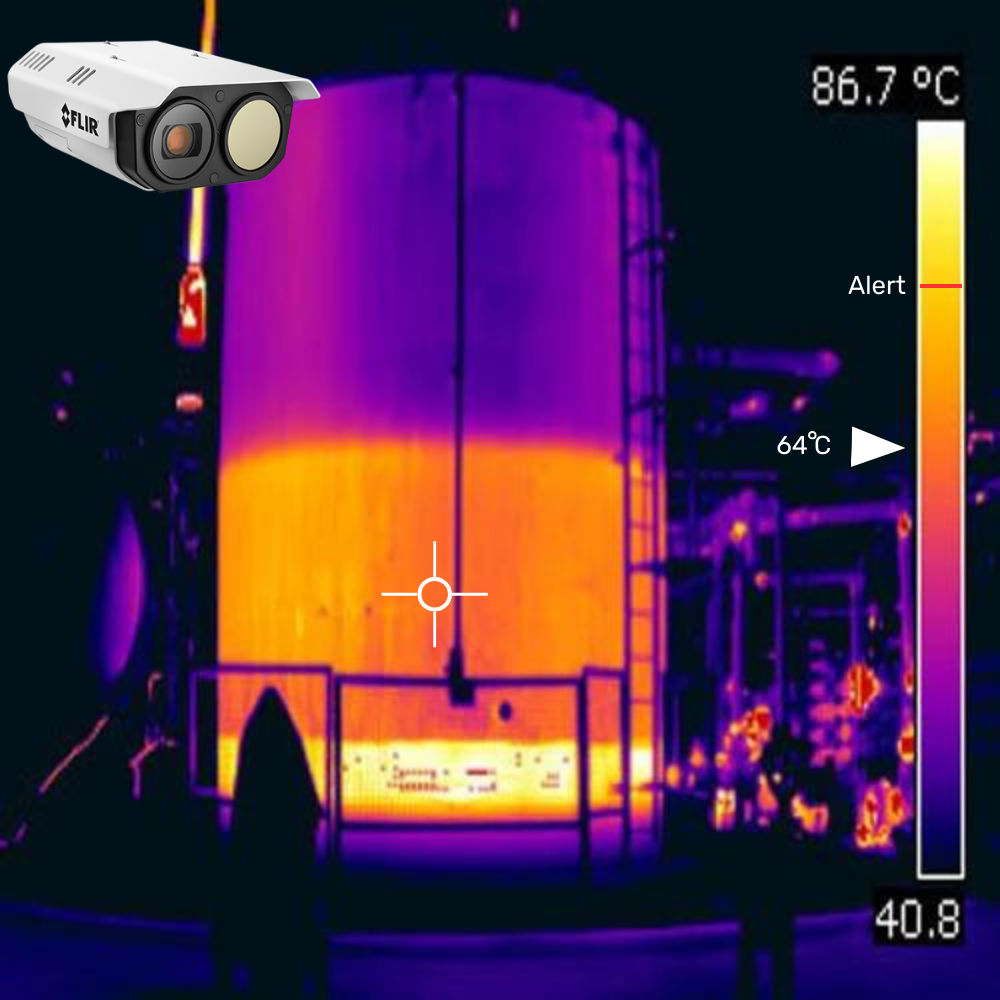
About Radiometric Devices For Fire Prevention
Thermal cameras play a crucial role in fire prevention efforts. With advanced models like the Teledyne FLIR FH-R, you can effectively detect escalating heat levels in critical components within designated zones. By harnessing thermal imaging technology, you gain the ability to swiftly identify temperature increases and trigger alerts to halt machinery operation, thereby averting the potential for fire outbreaks.
Detect, Alert, Prevent
Fires stemming from machinery malfunctions can arise due to various factors such as friction, component breakages, or general wear and tear. However, heightened temperatures consistently serve as an early warning sign. Leveraging thermal cameras empowers proactive prevention measures, intercepting fires before they fully ignite.
The Most Popular Thermal For Fire Prevention System
The FLIR FH-R
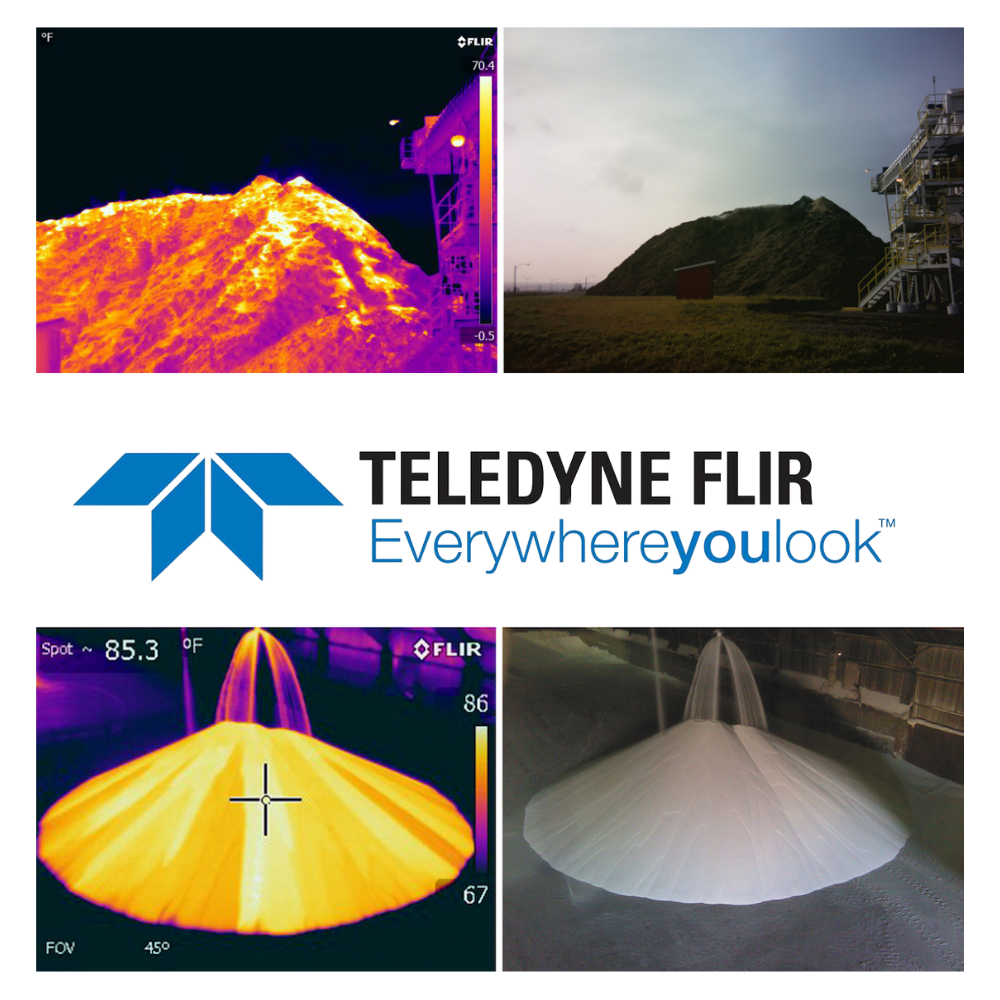
Our Solution Partner: About Teledyne FLIR
FLIR is a highly recognisable name in thermal imaging, with a strong presence in both the military and commercial sectors. As one of the UK’s key suppliers of commercial thermal imaging cameras, Bi3 has worked closely with FLIR since 2015, becoming one of the leading suppliers of this advanced technology. Our extensive experience spans hundreds of sites across the UK, showcasing the versatility and effectiveness of thermal imaging in a wide range of applications and environments.
Range of Solutions To Suit Every Need
FLIR provides a versatile range of thermal camera options, from the cutting-edge FC AI-R to the widely popular FH-R. Each model offers unique advantages and benefits, allowing you to choose the right solution for your needs. At Bi3, we specialise in working with clients to develop custom system designs that address the specific requirements of each site. We leverage our extensive expertise in thermal imaging technology to create effective solutions that meet your security or fire prevention goals.
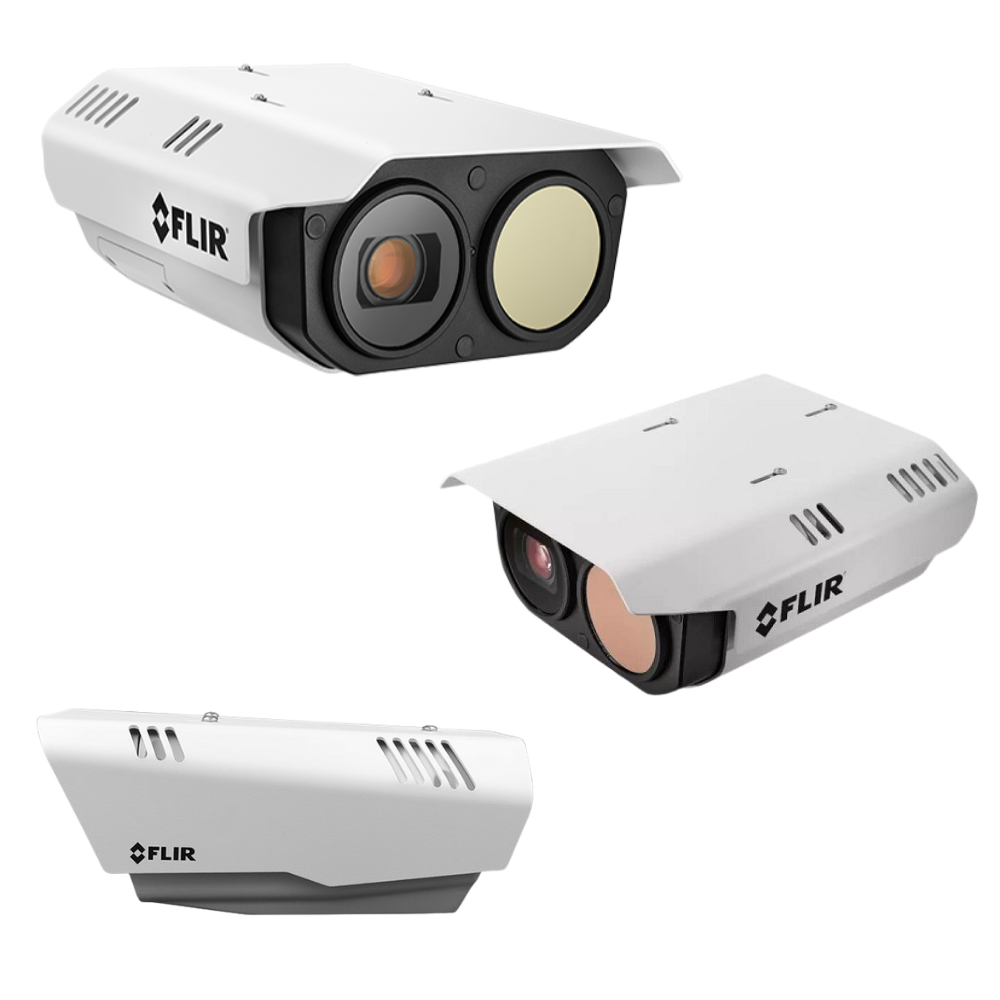
The Most Popular Fire Prevention Solution: The FH-R
The FLIR FH-R stands out as the most popular fire prevention system we’ve encountered. It boasts a wide array of features and benefits, making it uniquely suited for fire prevention. With its rugged design, versatile deployment options, and multi-application usefulness, the FH-R is built to withstand demanding environments. The FH-R strikes the perfect balance between fire prevention, accuracy, and cost, making it the ideal solution for achieving a high return on investment while ensuring optimal fire prevention and safety.
FLIR FH-R Success Story: Dovecote Park Meat Processing Plant
Check out a success story with the FLIR FH-R. Our team deployed an FH-R setup at a meat processing plant in the UK, Dovecote Park, and the results were remarkable. The system delivered immediate and ongoing benefits, with a significant reduction in insurance premiums thanks to its effective fire prevention and hyper-focused thermal temperature detection.

Wide Angle & Long Range Lens Options For Versatile Applications
The FLIR FH-R offers a selection of lens options to suit your fire prevention needs. Choose a long-range lens for distant detection or a wide-angle lens to monitor multiple hot spots simultaneously. This flexibility allows you to cover larger areas with a single camera, making it a cost-effective and efficient solution for various applications.
Detect, Alert, Prevent: Seamless VMS Integration
The FLIR FH-R integrates seamlessly with your on-site or off-site security monitoring control room. It provides instant alerts through its thermal sensor, enabling real-time identification of potential fire risks. Additionally, email & report notifications can be sent to management or other responsible personnel, ensuring that rapid response actions are taken to prevent further temperature increases and potential fire outbreaks.
Market Applications
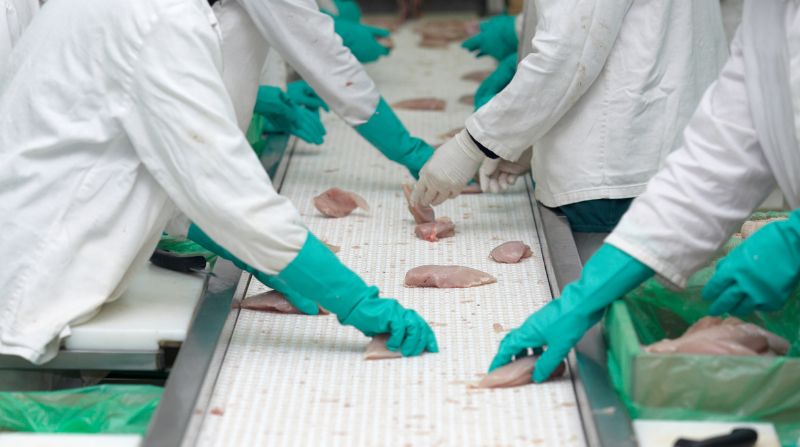
Food Processing & Manufacture
Thermal Fire Suppression Systems are perfect for food processing plants. The high temperatures generated by large-scale machinery pose a significant fire risk, especially with the rapid pace of food processing. Delays and downtime due to fires can cause significant business disruptions, impacting production and profitability. Thermal fire suppression systems help reduce these risks by detecting heat before it becomes a critical problem. By preventing fires from igniting, these systems not only avoid costly damage and water use but also minimise downtime, ensuring that food processing operations can continue without interruption or significant impact on business.
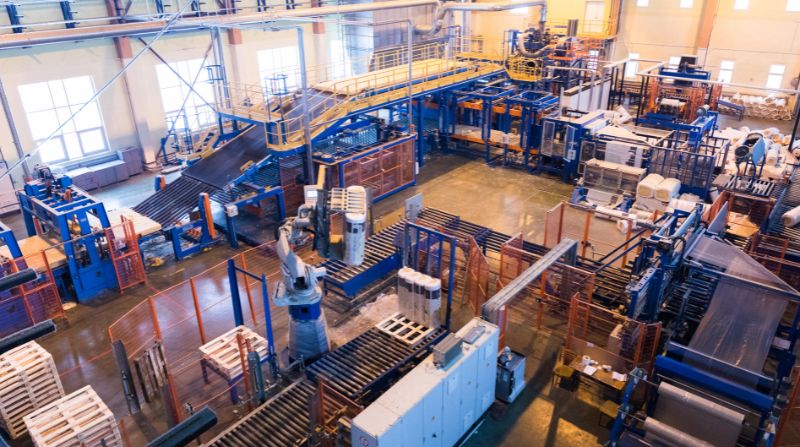
Manufacturing Plants & Construction
Manufacturing and construction industries, like food processing plants, often face similar risks due to large-scale machinery operating in expansive spaces. These environments typically require extensive fire suppression systems, which can be costly and less effective in large areas. Thermal detection technology offers a targeted solution by pinpointing specific points, objects, machinery, or locations where heat poses a fire risk before it escalates. By focusing on these high-risk areas, thermal imaging can help prevent fires from breaking out, providing an efficient and proactive safety measure for these industries.
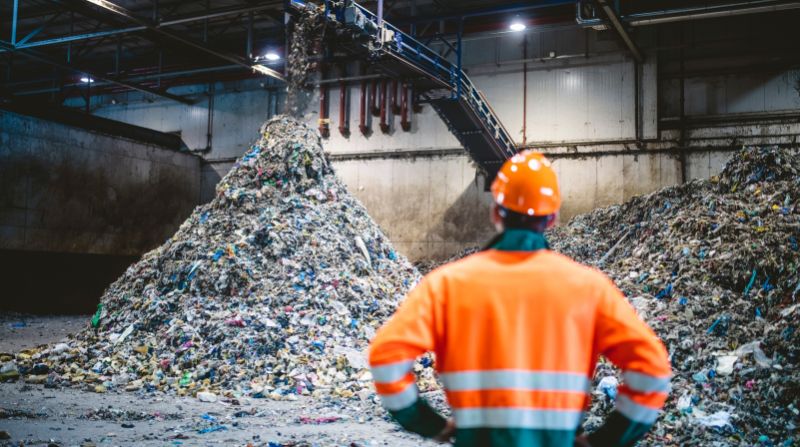
Waste Management & Recycling Plants
Waste management operations often involve hazardous chemicals and components, creating a significant fire risk—particularly since these fires can be extremely challenging to extinguish. Thermal imaging technology can play a critical role in preventing such fires by detecting temperature changes that signal potential risks. Thanks to their integration with Video Management Systems (VMS), these thermal imaging devices can provide continuous monitoring and real-time temperature updates, ensuring consistent oversight and enhanced safety while on site.
Sprinkler Systems vs Thermal Fire Prevention
Sprinkler Systems
Sprinkler systems are the traditional choice for fire suppression in businesses, known for their reliability and widespread use. However, they come with significant costs and limitations. Standard sprinkler systems, unless highly sophisticated, lack location-specific activation, meaning when one sprinkler is triggered, it often results in a whole area or even an entire floor being drenched. This can lead to extensive damage, even if the fire is localized.
Key disadvantages of sprinkler systems:
- High Cost: Sprinklers are expensive to install and maintain.
- Reactive Solution: Sprinklers stop fire spread but do not prevent fires from starting.
- Lack of Early Warning: They don’t alert you before a fire begins.
- Collateral Damage: Excessive water damage can occur even with small fires.
Thermal Imaging Cameras
This proactive approach eliminates the need for costly sprinkler systems. Fire prevention systems don’t just help avoid fires; they can also lead to significant insurance benefits. Insurance companies often favour businesses that proactively prevent fires, which can lead to considerable reductions in insurance premiums. This affinity for fire prevention can deliver an immediate ROI, as businesses save on insurance costs while also ensuring a safer environment.
Advantages of this proactive fire prevention strategy include:
- Lower Comparable Cost: More affordable than traditional sprinkler systems.
- Continuous Monitoring and Temperature Updates: Provides real-time data for early intervention.
- Proactive, Preventative Solution: Prevents fires rather than just containing them.
- Targeted Approach: Focuses on specific risk areas to mitigate potential fires before they start.

